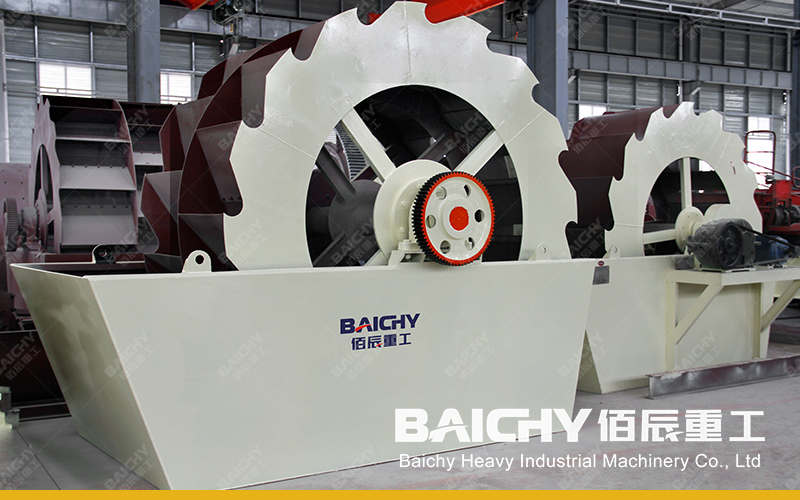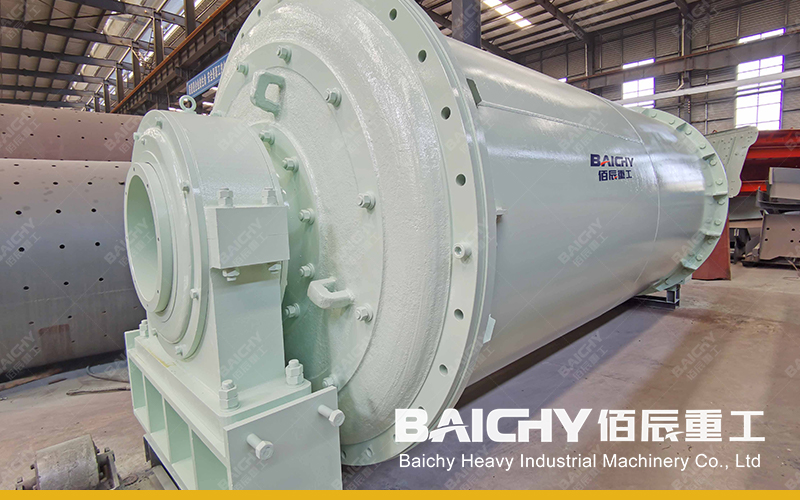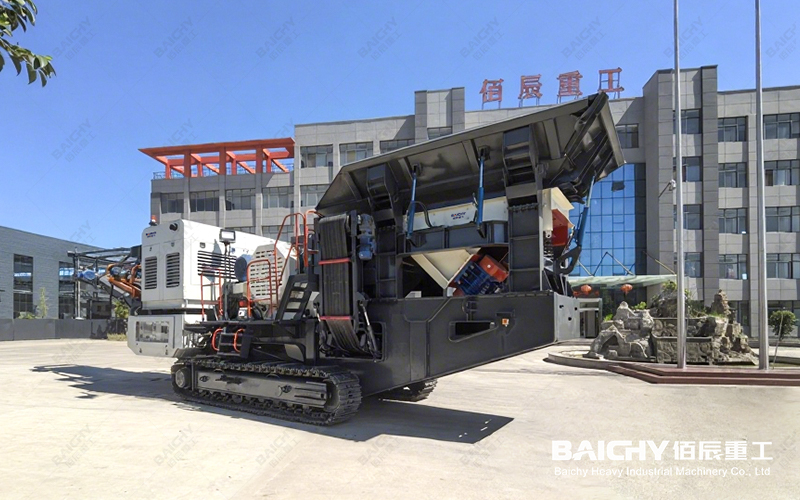In the production of sand and gravel aggregates in industries such as construction, metallurgy, building materials, and hydropower, gravel washing equipment is an indispensable and crucial component. It directly undertakes the important task of washing, grading, and removing impurities from sand and gravel, and its performance determines the final quality and market value of the finished aggregate.
For difficult-to-handle heavy clay binders and crushed stone topsoil, efficient washing equipment is the cornerstone for ensuring continuous production and economic benefits.
I. Why is gravel washing crucial?
Unwashed gravel contains a large amount of impurities such as mud and stone powder, which severely reduces the strength and durability of concrete, failing to meet the requirements of high-standard projects. Professional gravel washing equipment not only effectively removes these harmful impurities but also maximizes the recovery of valuable fine materials from sand and gravel aggregate production, improving the quality of the main product while increasing additional revenue and maximizing resource utilization.
II. Working Principles and Features of Three Mainstream Gravel Washing Equipment
Based on different processing needs and material characteristics, the mainstream gravel washing equipment mainly includes the following types:

1. Spiral Sand Washer
• Working Principle: Material falls vertically from the top of the sand washer into a high-speed rotating impeller. Under centrifugal force, it collides and rubs with surrounding materials, forming a vortex and circulating multiple times. Finally, it is discharged through the bottom, and the finished product particle size is controlled by screening equipment.
• Core Features:
◦ High cleanliness and low energy consumption: The unique vortex principle ensures thorough cleaning.
◦ Good sealing and durability: Fully enclosed transmission device, stable operation, and long service life.
◦ Dewatering function: Good cleaning and dewatering effect, low moisture content in the finished product.
2. Wheel Sand Washer
• Working Principle: The rotating bucket wheel drives the sand and gravel to tumble in the water. Utilizing the friction between the sand and gravel, the water flow, and the bucket wheel, surface impurities are effectively peeled off and washed away.
• Key Features:
◦ Simple structure and easy operation: Easy to maintain and highly reliable.
◦ Wide applicability: Excellent cleaning effect, suitable for sand and gravel of various particle sizes.
◦ High output and low energy consumption: Meets the needs of large-scale continuous production.

3. Double Spiral Sand Washing Machine
• Working Principle: Through the relative rotation of two spiral shafts, a strong vortex and shear force are formed in the sand washing tank, powerfully scrubbing the sand and gravel, thereby efficiently removing stubborn surface impurities.
• Key Features:
◦ Powerful cleaning force: Particularly suitable for processing highly viscous materials (such as heavy clay) or removing organic contaminants.
◦ Wide processing range: Good cleaning effect on both fine and coarse materials.
◦ High efficiency and low energy consumption: The double spiral structure design controls energy consumption while ensuring effectiveness.
III. Gravel Cleaning Solutions
An excellent sand washing machine is the core, but a complete cleaning system is needed to maximize its effectiveness. An ideal solution typically includes modules for feeding, core cleaning, dewatering and screening, fine material recovery, and water recycling, forming a closed-loop, efficient, and environmentally friendly production line. This ensures product quality while maximizing water conservation, environmental protection, and overall benefits.
How to choose the most suitable gravel washing equipment?
The key to selection lies in comprehensive analysis:
• Material characteristics: Particle size distribution, mud (clay) content, hardness.
• Output requirements: Hourly or daily production target.
• Finished product standards: Specific requirements for cleanliness, gradation, and moisture content.
• Investment and operating costs: Balancing initial equipment investment with long-term energy consumption and maintenance costs.
Whether processing conventional sand and gravel or difficult-to-process heavy clay materials, choosing the right gravel washing equipment is crucial for enhancing product competitiveness and achieving green and sustainable development. Our equipment has a proven track record in handling challenging materials and can provide you with reliable solutions from single machines to complete systems.
Contact us now for professional equipment selection advice and system planning to inject strong momentum into your sand and gravel aggregate production!












